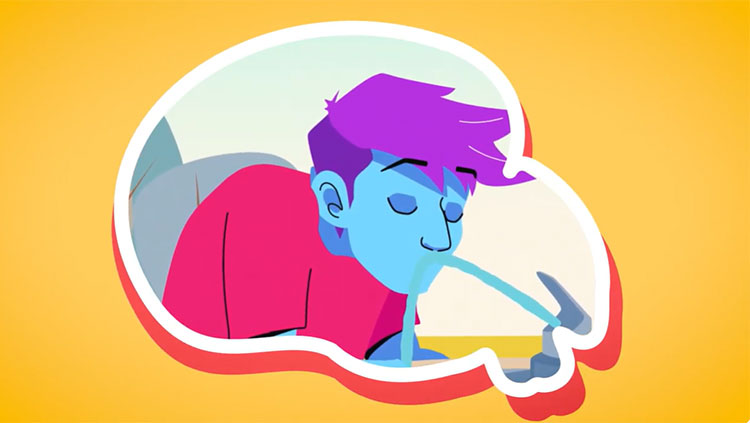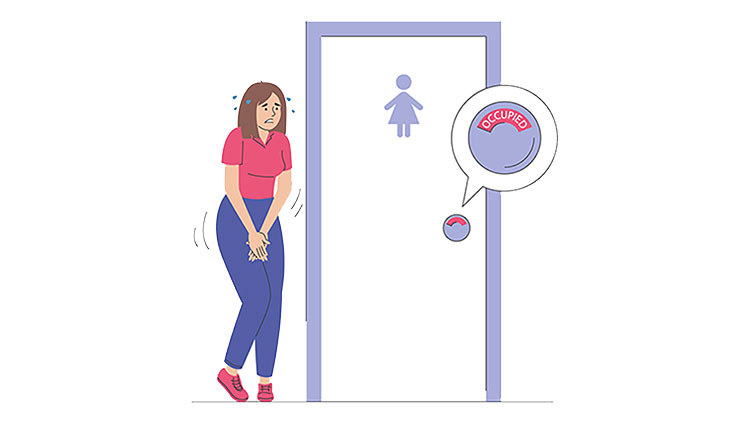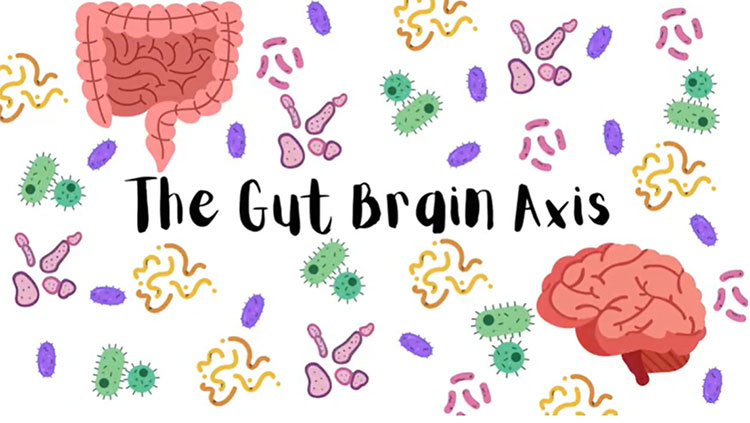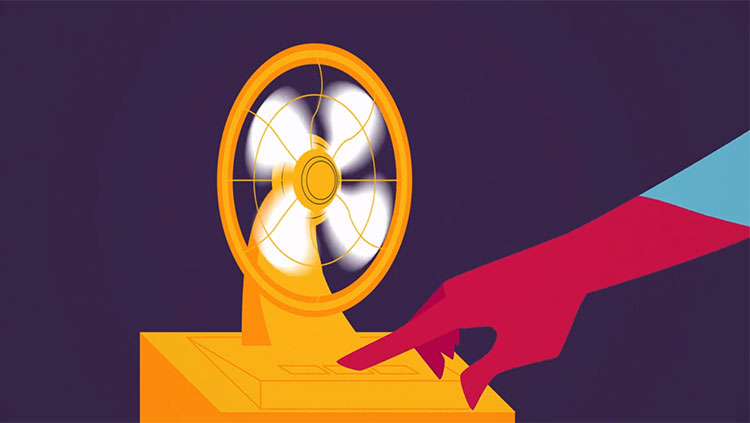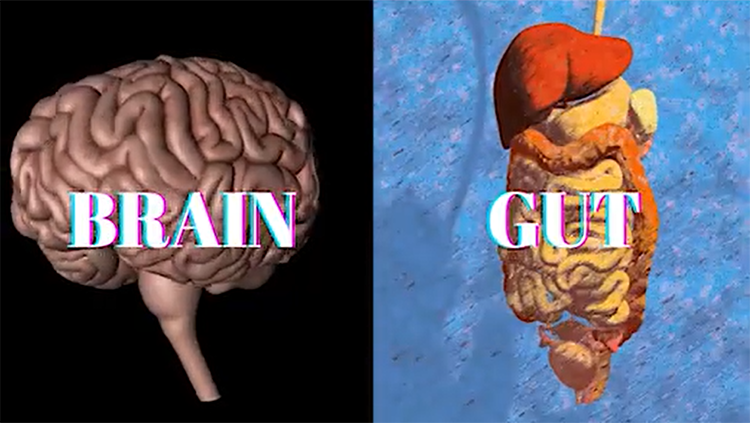I'm Feeling Thirsty, But Why?
- Published8 Feb 2024
- Source BrainFacts/SfN
Water is essential to life. But how do people know when it is time to take a sip? Research hints that regions deep in the brain and sensors throughout the body let people know when they are dehydrated. Damage to brain areas involved in thirst and motivation can lead to conditions in which the body can no longer properly decide when it needs to take in more fluids.
This is a video from the 2023 Brain Awareness Video Contest.
Created by Yamini Kathuria.
CONTENT PROVIDED BY
BrainFacts/SfN
Transcript
Thirst is a basic drive that motivates most animals on Earth to consume fluids for compensating the water loss from their bodies. This is essential to maintain a state of internal physiological balance, known as homeostasis. There are various mechanisms involved to achieve this, and our nervous system plays a huge role in it.
So, when our body loses water due to processes like sweating, breathing, and urination, blood volume decreases which makes it more concentrated with components like salts and glucose. Specialized cells called osmoreceptors present in the hypothalamus can sense when blood concentration, or osmolality, is above its ideal value.
This information then helps in the release of vasopressin from the pituitary gland, a hormone that constricts blood vessels and signals the kidneys to retain more water until we are rehydrated.
Other sensors like baroreceptors present in the heart and blood vessels also relay critical inputs about blood pressure and volume changes to various brain regions. Combined with the sensation of dry mouth and throat, all these signals are eventually integrated with other relevant information such as what time of the day it is or if you have eaten something recently.
This job is done by the neurons of two brain areas: the subfornical organ and the lamina terminalis. Together, they make us conscious of thirst. The exact mechanisms, however, are still being researched.
Water is vital for life. Imagine what would happen when someone doesn’t feel thirsty despite being dehydrated. This condition is known as adipsia or hypodipsia. Damage in the hypothalamus, pituitary gland, or corpus callosum can cause it. As a result, people with adipsia are instructed to drink water at regular interval.
Scientists have also discovered that brain networks involved in motivation are also used to regulate thirst. Studies have shown that without the neurotransmitter dopamine in their systems, mice would starve and stop drinking water to the point of death.
Much is known about thirst, yet many fundamental questions about its underlying neural circuitry remain unanswered. And it is only due to recent advances in research technology that we have just begun to unravel brain mysteries like these.


